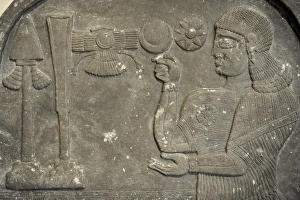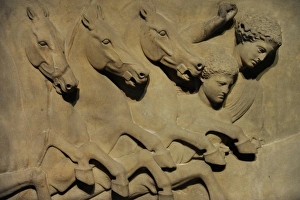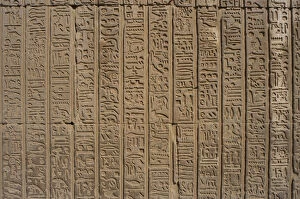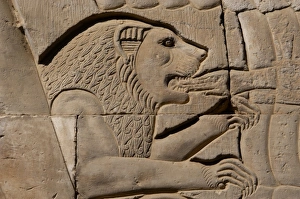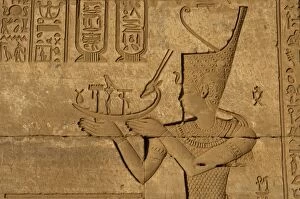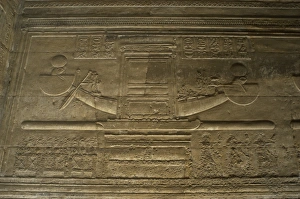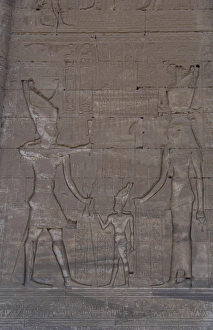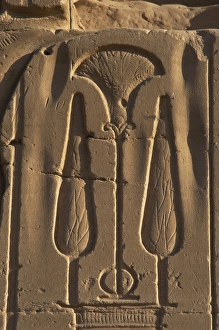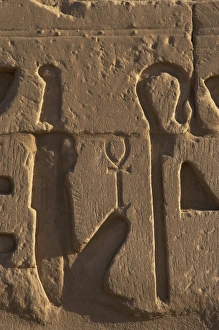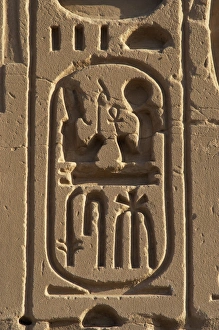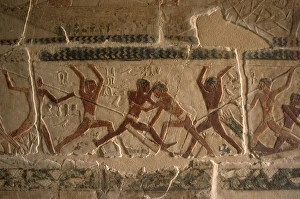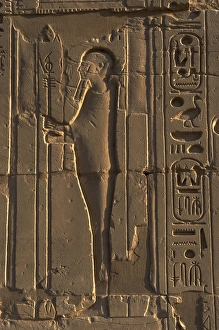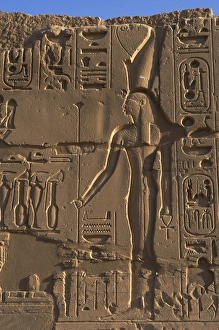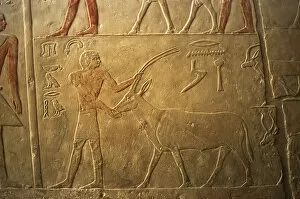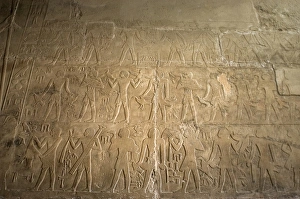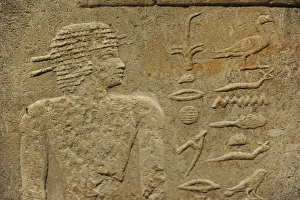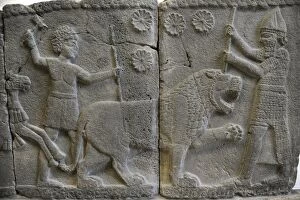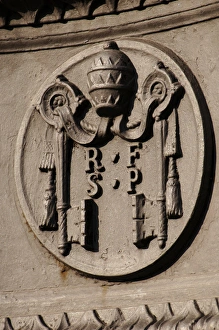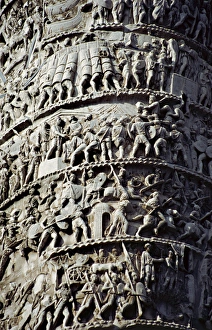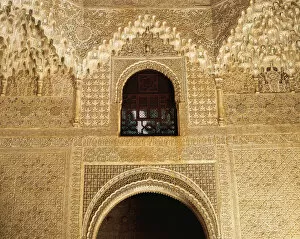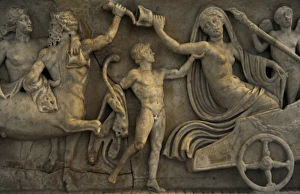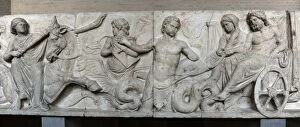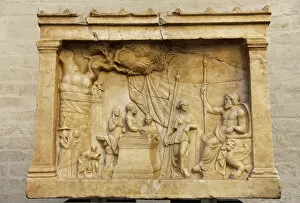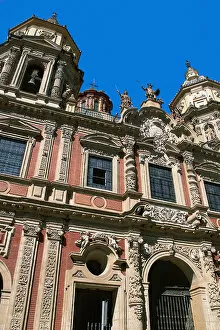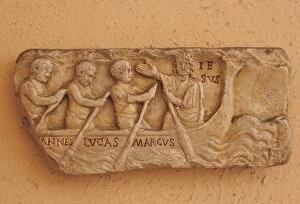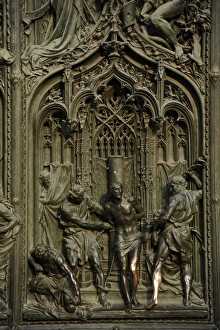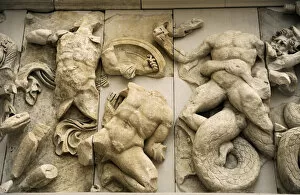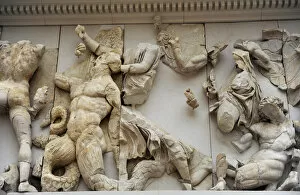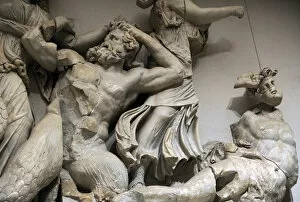Relief Collection (page 100)
"Unveiling the Stories: A Journey through Time and Culture" Step into a world where history intertwines with art, where tales unfold before your eyes
All Professionally Made to Order for Quick Shipping
"Unveiling the Stories: A Journey through Time and Culture" Step into a world where history intertwines with art, where tales unfold before your eyes. From the treacherous voyage of HMS Erebus and HMS Terror in 1845 to the captivating Egyptian art depicting Akhenaten, Nefertiti, and three; each piece offers a glimpse into moments of relief. As Captain Francis Crozier sailed through uncharted waters aboard HMS Terror, his weary crew found solace in their shared mission - seeking respite amidst icy depths. In Indonesia's Bali, a stone relief immortalizes Rama and Sita's triumph over adversity, reminding us that even in times of darkness, hope can be found. Traveling westward to Ireland's County Clare stands Sheela-na-Gig on a church wall – an enigmatic symbol embodying both fertility and protection. Meanwhile, the Code of Hammurabi reveals ancient Babylonian society's pursuit for justice as Ahura Mazda watches over all with benevolence. Witness the first rays of dawn illuminating Borobudur in Central Java; here stands Buddha statue adorned with Dharmachakra Mudra hand position – an embodiment of enlightenment offering spiritual release. The relief map unveils United Kingdom and Eire’s diverse landscapes from rolling hills to rugged coastlines while Cork’s 1633 Map invites exploration into Ireland’s rich tapestry. Marvel at Pergamon Altar's grandeur as Athena battles against giant Alcyoneus – an allegory for overcoming obstacles that plague humanity throughout time. Roman art captures youthful innocence frozen in marble as Boy with Horse whispers stories untold. In these reliefs lies not just artistic beauty but also narratives etched by human hands across continents and eras. They remind us that amidst chaos or tranquility, we seek solace in stories told through intricate carvings or delicate strokes—relief becomes our sanctuary from the world's burdens.




